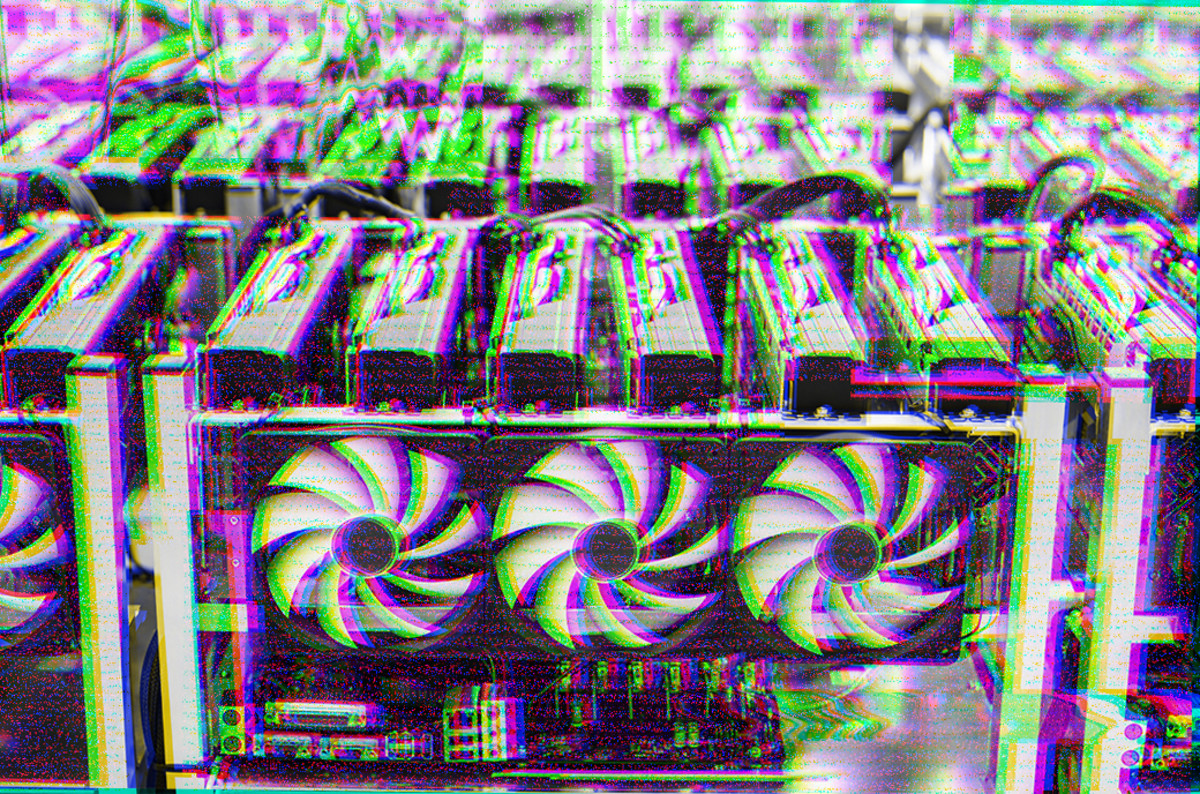
The company’s new bitcoin mining hosting service and pool is its attempt to re-democratize the mining economy.
Blockstream has been silently scaling over 300 MW of mining facilities in a bid to rebalance the distribution of global hashpower back in the hands of smaller players.
On August 8, 2019, the company broke its silence as it unveiled its most recent product, Blockstream Mining. The multi-facing initiative, which includes a mining hosting service and a mining pool that leverages the Better Hash protocol, is Blockstream’s attempt to re-democratize the mining economy.
“We firmly believe that bitcoin holders and businesses involved in Bitcoin should take part in mining themselves, to help maintain the decentralized security of the Bitcoin network,” Blockstream Chief Strategy Officer Samson Mow wrote in the official announcement.
Reclaiming Hashrate
Blockstream’s mining ambitions date back to 2017, the same year Mow joined the team after leaving his post at exchange BTCC’s mining pool. What some may view as Blockstream’s sudden entry into the mining industry, Mow sees as a no brainer given his prior experience combined with the opportunity to complement Liquid by giving the company another revenue stream.
“We needed to pair [Liquid] with something else, and I think mining is a high revenue, high margin income generator,” Mow told Bitcoin Magazine.
This is the practical business argument for joining the hashrate race, but there’s a philosophical one, too. Blockstream began its foray into mining in mid-2017, when the fork wars around SegWit, the UASF, NO2X and bitcoin cash were coming to a head. In these wars, Blockstream saw the centralization of mining in the hands of industry goliaths like Bitmain as nothing short of an existential threat to Bitcoin’s ecosystem (For example, Bitmain, one of the largest ASIC manufacturers, used to require high-rolling customers who purchased bulk amounts of hardware to host the miners in Bitmain's facilities and contribute hashpower to Bitmain’s mining pools; this practice was prevalent primarily with Chinese customers and meant that Bitmain could vote with other miners’ hashpower during SegWit’s delayed activation without their input).
Bitmain’s mandate to only let its hardware operate within its mining pools created a closed economy which stalled SegWit’s activation and threatened the health of the Bitcoin network.
Blockstream’s latest endeavors are an attempt to combat these threats and bring the network back to its roots.
“Early on, everyone was a miner,” Mow said. “It was just eventually due to specialization and optimization, mining became pooled and centralized because it was more efficient. But early on, everyone who was running bitcoin was mining bitcoin.”
New Mining Facilities
So Blockstream established a personal mining facility that now captures 1 percent of the Bitcoin network’s hashrate, according to the company. It also erected its first mining hosting facility in Quebec, Canada, the country’s Francophone province that offers cheap hydroelectric energy. Expanding the hosting service, the company has added a second facility in Adele, Georgia, which Mow told Bitcoin Magazine “has a mixture of electrical sources,” which, coupled with tax incentives and “other benefits” from the local government, made it ideal for Blockstream to set up shop.
These two centers are the flagship facilities for Blockstream’s mining hosting service, which boasts a 300 MW capacity when running full bore. The colocation centers will run mining hardware on behalf of both institutional and retail clients. These clients pick and ship the ASICs to the facilities (or contract Blockstream to do this for them) and the company manages installation, operation and upkeep for a service charge.
Once set up, they can either join Blockstream’s pool or any other they like. Customers will also have complete access to other mining metadata through what Mow called a “very transparent” user interface, and if they join Blockstream’s pool, they’ll have the ability to manage transaction ordering with the Better Hash protocol.
“We let users manage their own hardware, so you can see what’s running, what pool you’re pointed at, and all cost and billing details,” Mow said.
To date, the mining service has attracted the business of the Fidelity Center for Applied Technology and LinkedIn co-founder Reid Hoffman, who also sits on Blockstream’s board of directors. Currently, only institutions, businesses or high net worth individuals will have access to the mining hosting services. Right now, it’s more feasible to manage 1,000 ASICs from a single client than it is to manage, say, 1 ASIC from 1,000 clients.
But Mow hopes to scale the offering to retail investors by 2020, which would include adding more centers. Before they get there, though, Blockstream must build up its service’s management platform, hire more support staff, break ground on new data centers and find additional power sources before it can onboard smaller users and enable the service with “click and buy” options.
Increasing Distribution — and Decentralization
Offering the service to as many users as possible is the ultimate goal, Mow said. He would like to see 10 to 20 ASICs as the minimum buy-in for the service (these can be new or used, any make or model). With Blockstream trying to lower the barrier to entry for Bitcoiners around the globe, the more people who use the service, the better the network will be for it.
“Distribution of hashrate across the globe means establishing more mining farms and distribution centers across the globe,” Mow said. “The Better Hash integration is making sure that, once we have those facilities around the world, people can run a full node and select the transactions for blocks — build a block template — and set a version bit for signaling for any upgrades.”
With the two-year anniversary of Bitcoin Independence Day fresh in the books, Blockstream’s initiative is timely. And while it may seem lofty to attempt to claw back hashrate from the likes of Bitmain, Mow believes that Blockstream mining is “a step in the right direction,” one that aligns with both Bitcoin and the company’s ethos to encourage network decentralization.
“It’s hard to get back to a point where everyone is running their own hardware,” said Mow. “There are degrees of improvement, and this is an improvement. At Blockstream, we have a very strong ethos for running your own node and being in control of your own bitcoin. That drives a lot of what we’re doing.”










